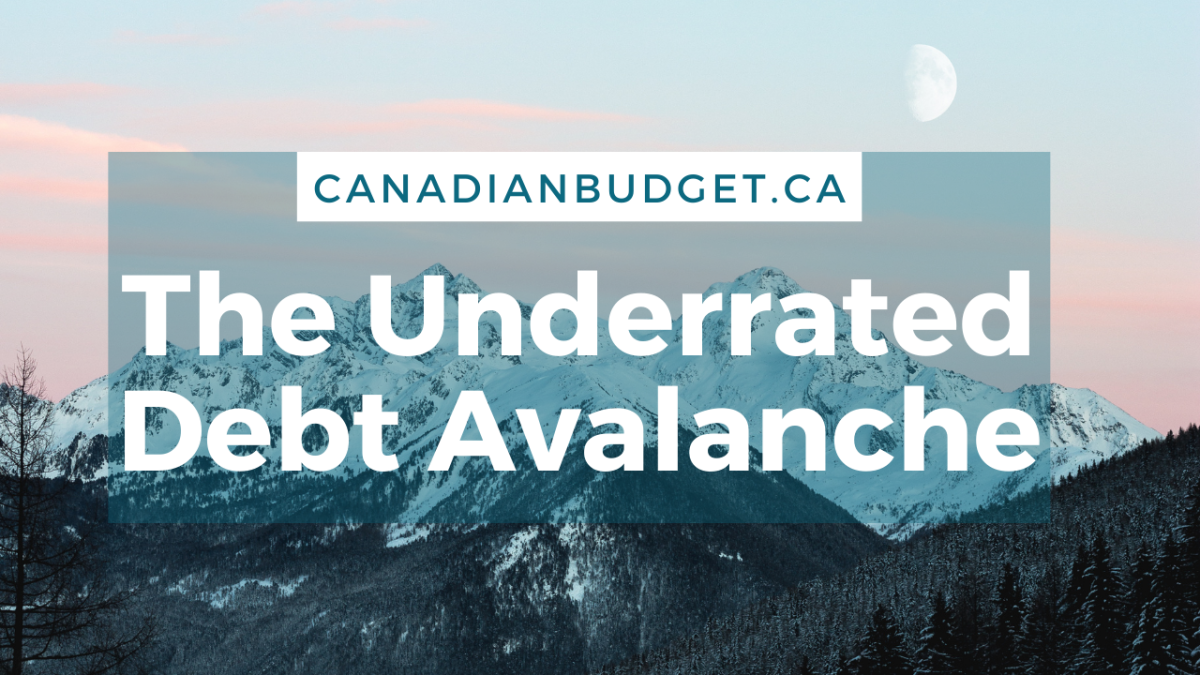Why Debt Avalanche is Underrated
Table of Contents
TogglePaying down debt is a really important step in everyone’s financial journey, and you may not know it, but Debt Avalanche is underrated for accelerating your debt payoff.
When it comes to well known debt repayment strategies, Debt Snowball gets the most press. But have you heard of the Debt Avalanche, Snowball’s less sexy cousin? He actually has a great personality and will help you pay less in interest over time. Isn’t that what we all want?
Let’s have a quick review of these two methods:
Debt Snowball
This method attacks debts based on the order of lowest to highest amount owing. Start by writing out and arranging your debts in columns (on paper or in excel) from the lowest total amount owing on the left, to the highest total amount owing on the right.
This payment strategy focuses on first throwing every extra dollar we can at the smallest debt to get it gone! While you always pay minimum amounts owing on every debt each month, we throw anything extra at the smallest one to pay it off quickly, then move to 2nd smallest, and so on.
This method helps you get the feeling of a quick win. It can help you keep motivated due to this quick success. This is why many people prefer debt snowball to debt avalanche.

Debt Avalanche
The Debt Avalanche method attacks debts based on the order of highest to lowest interest rate. Start by arranging your debts from the highest interest rate to the lowest. You are ignoring the total amounts owing for now. While always paying minimums on each debt each month, we throw anything extra at the highest interest rate debt first, then move to 2nd highest, and so on.
Popularity contest
People tend to love Debt Snowball because it is a more visually motivating process and can help with sticking to your plan as you can see your progress quickly. Psychologically speaking, the quick wins it provides can help with motivation and keeping on track.
The not-so-great thing is it only prioritizes debts by their lowest amount first and doesn’t consider how much interest you pay. Why should we pay off the small loan first with only 2% interest when you have a large loan with 29% interest accruing more and more daily?
As consumers and investors, we behave irrationally because our relationship with money is psychological and emotional. We do not always make the rational choice, and that’s ok. Picking Debt Avalanche can sometimes counter our goals by not motivating us enough to see it through. Emotions trump match when it comes to money.
Enter Debt Avalanche…
By listing your debts from highest interest rate to lowest and attacking the highest interest rate first, Debt Avalanche will actually end up saving you a lot more money on your interest payments in the long run. Owing less in overall debt.
Your debts may not always be paid off in the order we line them up, depending on the amounts owed, but you know over time, you are saving more interest by using this method. When you are trying to become debt-free, this really counts for a lot.
Pay Less, Be Debt Free Sooner
Isn’t this what we all want? The ultimate goal is to keep more of your hard-earned money in your pocket! This is why I believe the Debt Avalanche is underrated, and you should consider trying it!
Suppose you could use some help tracking your progress to crush your debts. Get the support you need to start paying off debt, whether you use Debt Avalanche or Debt Snowball.
Attacking the highest interest rate debt first makes more financial sense. Do you agree or disagree? What method have you used in the past for debt repayments? What worked for you?
As always, there is no right or wrong, only right for you – and right for you is whichever way you will consistently follow to reach your debt-free goal!
Find more content like this in the Savings & Debt Section of the blog.
More from the blog...
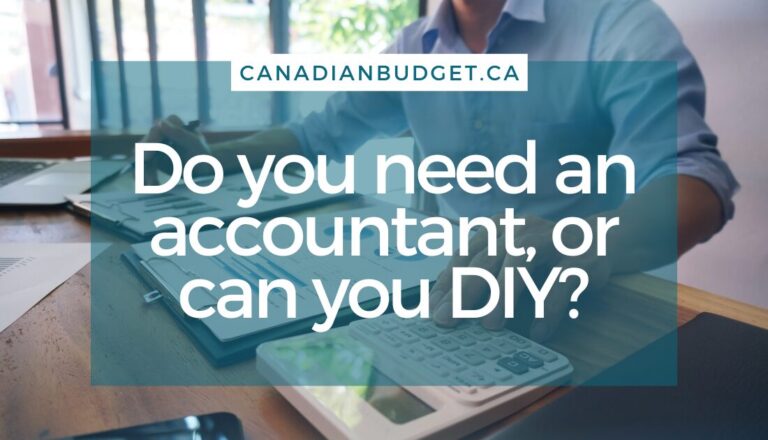
Do You Need an Accountant…
Guest Post by Karan Sachdeva of MultiTaxServices Doing taxes in Canada Money management often feels like one of those “I’ll...
Read More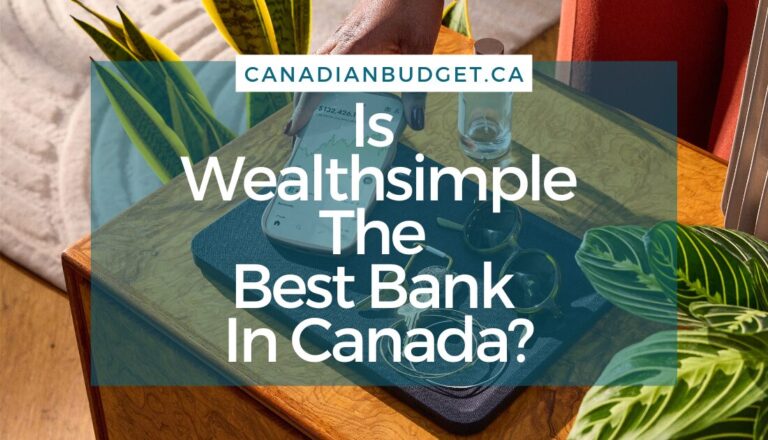
Why Wealthsimple Could Be the…
Wealthsimple Banking Review 2025: Best No-Fee Bank in Canada
Read More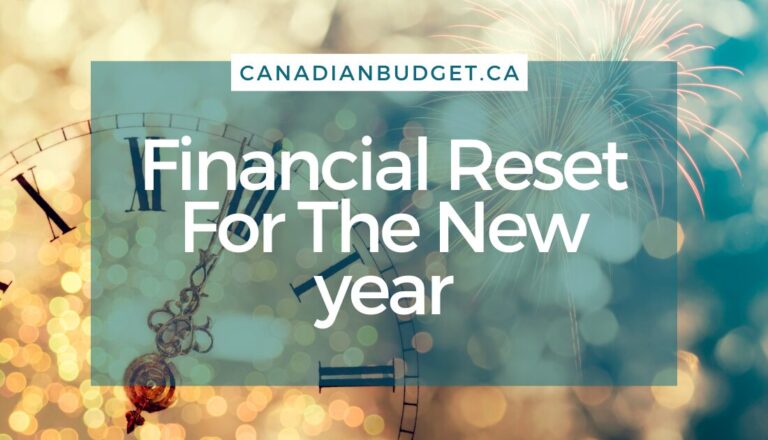
Financial Reset For The New…
How to Do a Financial Reset for the New YearAs the new year begins, it's the perfect time to take...
Read More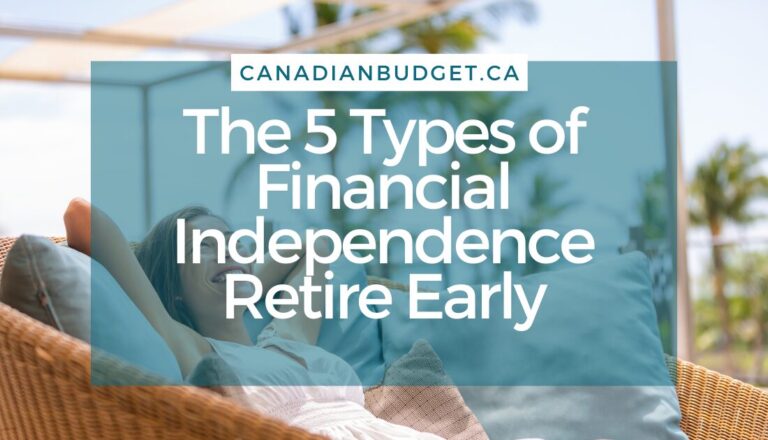
The 5 Types of Financial…
Starting your journey towards Financial Independence Retire Early (FI/RE) in Canada opens up possibilities for those eager to take control...
Read More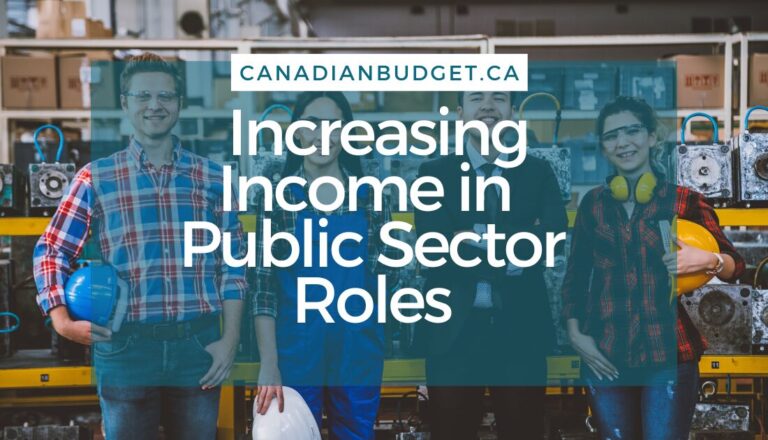
In a Public Sector role?…
Public sector roles, including those in schools and hospitals, make up approximately 21% of employment in Canada. That includes teachers...
Read More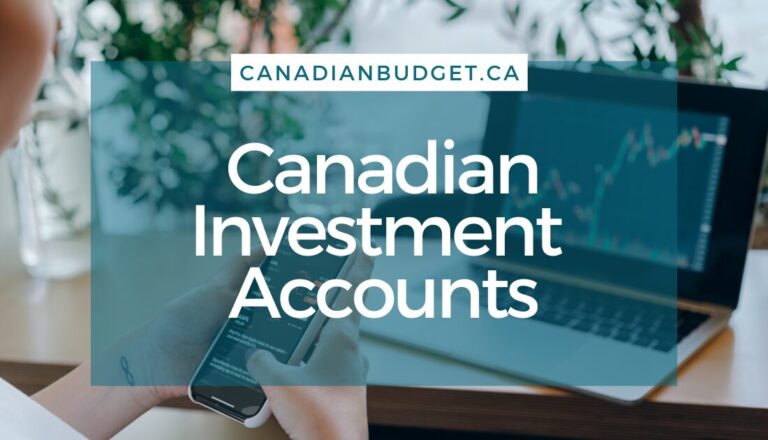
8 Canadian Investment Accounts To…
If you are new to investing, you might be wondering what the Canadian investment accounts are available, and which is...
Read More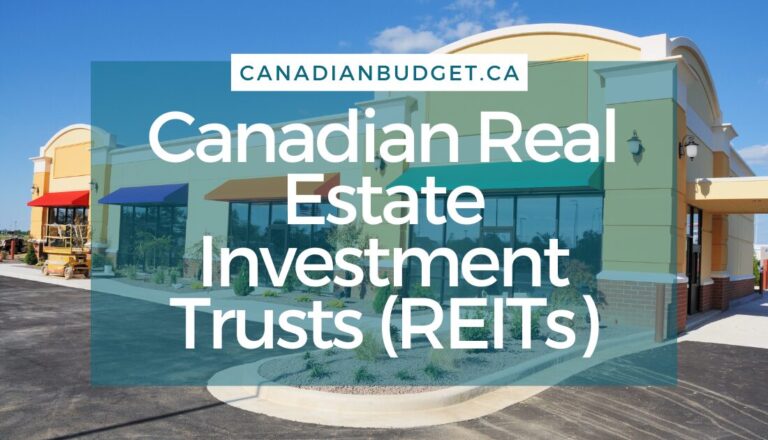
What Are Canadian Real Estate…
Canadian Real Estate Investment Trusts: What They Are and Should You Invest? Canadians have heard owning property was the path...
Read More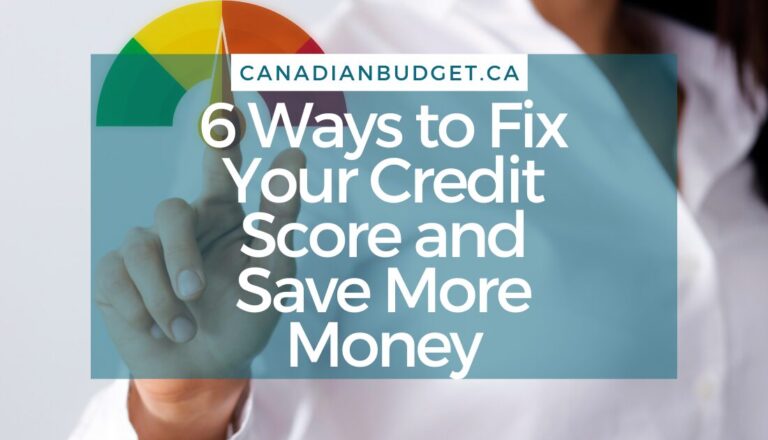
6 Ways Fixing Credit Scores…
Struggling with debt can significantly impact your financial well-being, especially if your credit score suffers. Fixing credit scores is important...
Read More
The Paying Yourself First Method
Taking control of your financial future starts with a simple yet powerful concept: paying yourself first. Shifting your money mindset...
Read More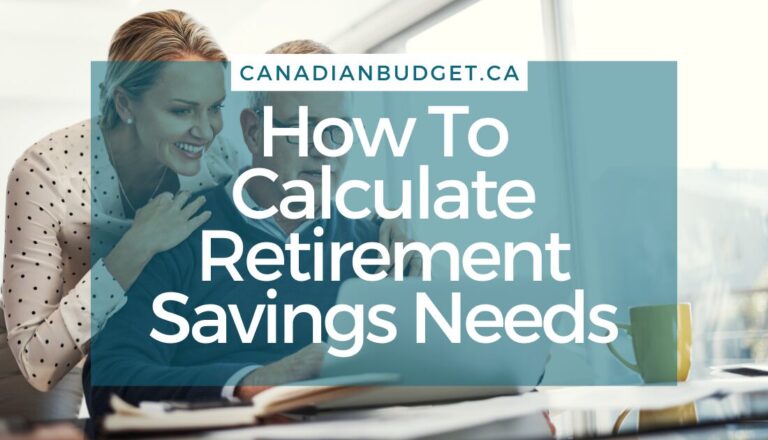
How to Calculate Retirement Savings…
When is a good time to calculate retirement savings needs? When retirement may be decades away it’s hard to think...
Read MoreAbout The Author
Jessica Morgan
Jessica Morgan is the founder and CEO of Canadianbudget.ca. She is passionate about personal finance and helping Canadians improve their financial literacy by providing more Canadian focused financial content. A millennial mom of one, she has a burning obsession with all things personal finance.
Jessica has a BA in East Asian Studies from York University and a Masters in Business Administration from Toronto Metropolitan University. She is a career public sector employee with a Hybrid Pension, and an advocate for Canadian women to improve their personal finance knowledge.

